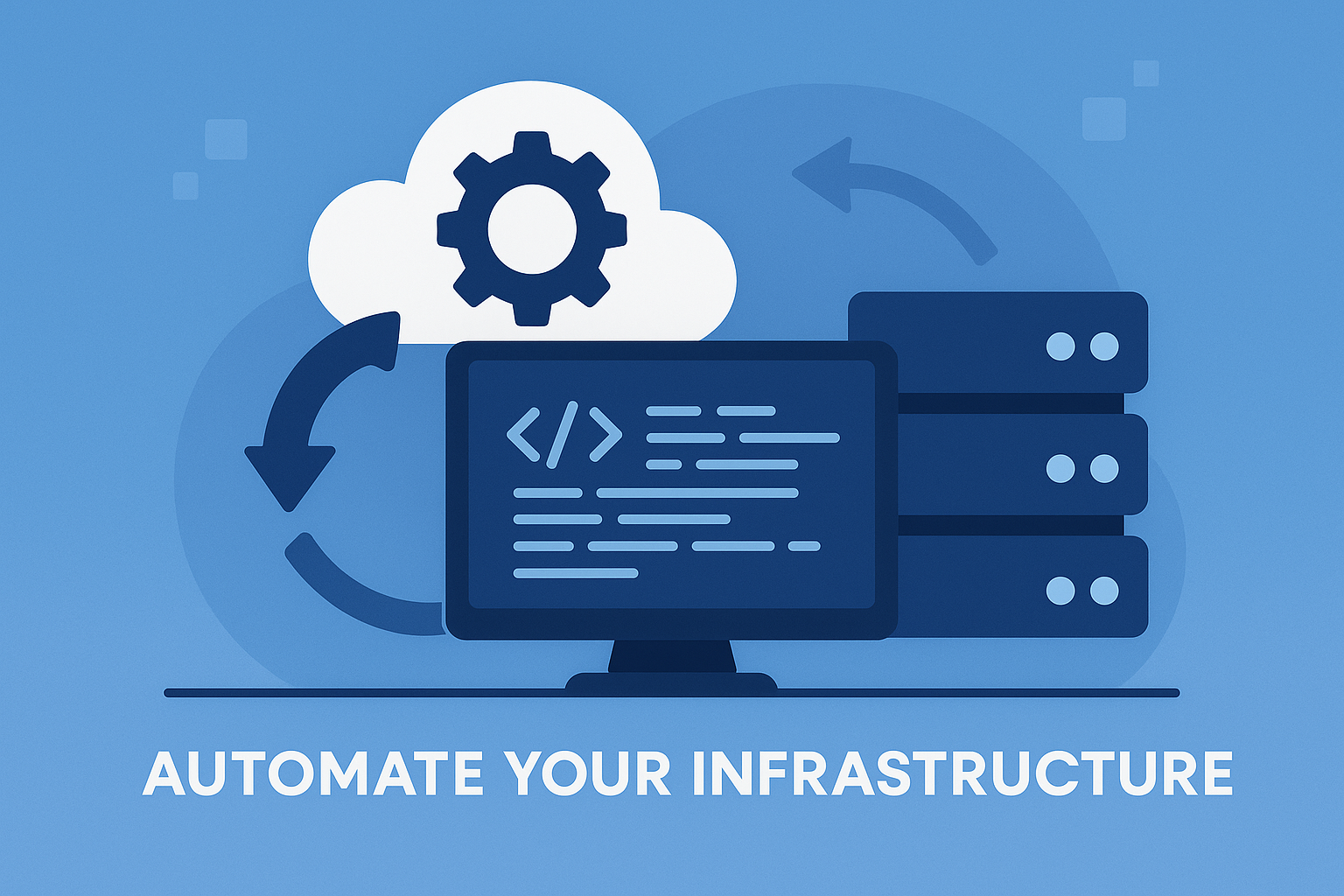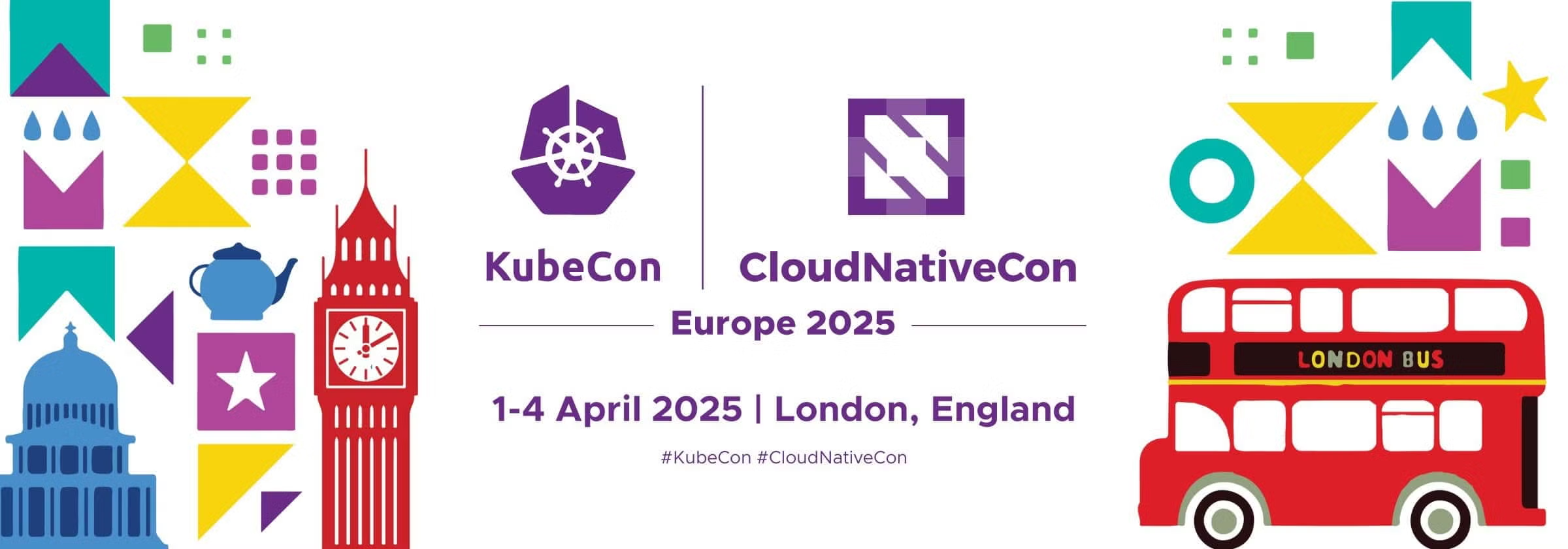In the digital age, businesses are constantly seeking ways to maximize efficiency and streamline their operations. One such way is through cloud architecture outsourcing, a strategic decision that allows companies to harness the benefits of cloud technology without the burden of managing it in-house. In this article, we will explore the key factors that contribute to successful cloud architecture outsourcing and how partnering with experts like SlickFinch can ensure a seamless transition. Whether it’s optimizing your cloud infrastructure or leveraging Amazon Elastic Kubernetes Service (EKS), SlickFinch has the expertise to guide you through the process and drive your business towards greater efficiency. Contact SlickFinch today to unlock the full potential of cloud architecture outsourcing.

1. Understanding Cloud Architecture and Outsourcing
1.1 What is Cloud Architecture?
Cloud architecture refers to the design and structure of a cloud computing system, which includes the organization and configuration of its various components. This architecture enables businesses to access and utilize computing resources, such as servers, storage, databases, and software, over the internet. Cloud architecture is crucial for companies seeking to embrace the flexibility, scalability, and cost-effectiveness of cloud computing.
1.2 Why Outsource Your Cloud Architecture?
Outsourcing cloud architecture involves partnering with a third-party service provider to design, build, and manage a company’s cloud infrastructure. There are several reasons why businesses choose to outsource their cloud architecture:
- Expertise: Outsourcing cloud architecture allows businesses to tap into the expertise and experience of specialized cloud providers who possess in-depth knowledge of the latest technologies and best practices in the field.
- Cost Savings: By outsourcing cloud architecture, businesses can avoid the significant upfront costs associated with building and maintaining their own infrastructure. They can instead leverage the provider’s resources on a pay-as-you-go basis, resulting in cost savings.
- Focus on Core Competencies: Outsourcing cloud architecture enables businesses to focus their internal resources and energy on core competencies and strategic initiatives, rather than spending time and effort on managing complex infrastructure.
- Scalability and Flexibility: Cloud architecture outsourcing offers businesses the ability to easily scale their infrastructure up or down based on demand, providing greater agility and adaptability in a rapidly changing business environment.
- Improved Security and Compliance: Reputable cloud providers have robust security measures and compliance frameworks in place, ensuring that critical data and systems are protected. This helps businesses enhance their overall security posture.
- 24/7 Support: Outsourcing cloud architecture often includes round-the-clock support and monitoring from the provider, ensuring prompt resolution of any issues and minimizing downtime.
1.3 Benefits of Outsourcing Cloud Architecture
Outsourcing cloud architecture brings numerous benefits to businesses looking to optimize their infrastructure:
- Access to cutting-edge technology: Cloud providers constantly update and upgrade their infrastructure to incorporate the latest technologies and advancements. By outsourcing, businesses can leverage these innovations without the need for in-house research and development.
- Reduced time to market: With a well-designed cloud environment and streamlined processes, businesses can quickly deploy applications and services, resulting in faster time to market and a competitive edge in today’s fast-paced business landscape.
- Improved scalability: Cloud providers offer elastic resources that can be easily scaled up or down based on demand. This ensures that businesses can handle sudden spikes in traffic or accommodate growth without disruptions.
- Cost optimization: By outsourcing cloud architecture, businesses can benefit from economies of scale and pay only for the resources they use. This cost optimization eliminates the need for upfront investments in expensive hardware and software licenses.
- Reliable disaster recovery and business continuity: Reputable cloud providers have robust disaster recovery and business continuity mechanisms in place. This ensures that businesses can quickly recover from any unforeseen events and resume operations with minimal downtime or data loss.
- Enhanced collaboration and productivity: Cloud architecture enables seamless collaboration, allowing teams to work together on projects regardless of their physical location. This boosts productivity and collaboration among employees and stakeholders.
2. Exploring Efficient Cloud Architecture
2.1 What is Efficient Cloud Architecture?
Efficient cloud architecture refers to the design and implementation of a cloud infrastructure that maximizes performance, reliability, and cost-effectiveness. It involves optimizing the configuration of various components, such as servers, storage, networking, and databases, to ensure efficient resource utilization and seamless operations.
2.2 Key Components for Efficiency
To achieve efficient cloud architecture, several key components need to be considered:
- Virtualization: By leveraging virtualization technologies, businesses can consolidate multiple workloads onto a single physical server, reducing hardware costs and increasing resource utilization.
- Auto-scaling: Implementing auto-scaling enables dynamic adjustment of resource allocation based on workload demands. This ensures optimal performance during peak periods while minimizing costs during periods of lower demand.
- Load balancing: Load balancing distributes incoming network traffic across multiple servers, ensuring even distribution of workloads and preventing bottlenecks. This helps optimize resource utilization and improves application performance.
- Data caching: Implementing data caching techniques allows frequently accessed data to be stored in high-speed memory, reducing response times and improving application performance.
- Network optimization: Optimizing network connectivity and bandwidth utilization ensures efficient communication between various components of the cloud infrastructure. This minimizes latency and improves overall system performance.
- Efficient storage architecture: Implementing efficient storage solutions, such as distributed file systems or object storage, optimizes data storage and retrieval, enabling faster access and reducing costs.
2.3 Choosing the Right Cloud Provider
Selecting the right cloud provider is critical for efficient cloud architecture outsourcing. Consider the following factors when evaluating potential providers:
- Reliability and uptime: Look for a provider that offers high availability and guarantees minimal downtime to ensure uninterrupted access to resources and applications.
- Performance and scalability: Assess the provider’s ability to handle peak workloads, deliver fast response times, and scale resources as needed to accommodate business growth.
- Security and compliance: Verify that the provider has robust security measures in place to protect data and systems. Additionally, ensure that they comply with relevant industry regulations and standards.
- Cost and pricing models: Evaluate the provider’s pricing structure to ensure it aligns with your budget and usage patterns. Look for flexibility in pricing models, such as pay-as-you-go or reserved instances, to optimize costs.
- Support and SLAs: Consider the level of support and service level agreements (SLAs) offered by the provider. Ensure they provide timely assistance, 24/7 support, and have a reputation for exceptional customer service.
- Integration capabilities: Assess the provider’s ability to integrate with existing systems, applications, and tools within your organization to ensure a seamless migration and integration process.
3. Maximizing Efficiency in Cloud Architecture Outsourcing
3.1 Defining a Clear Cloud Strategy
Before embarking on cloud architecture outsourcing, it is crucial to define a clear cloud strategy aligned with your business objectives. This strategy should outline the desired outcomes, identify the workloads to be migrated, and define the target architecture. By having a well-defined cloud strategy, you can ensure that the outsourcing process aligns with your business goals and leads to optimal efficiency gains.
3.2 Assessing Workload Requirements
To maximize efficiency, it is essential to assess the specific requirements of each workload before outsourcing. Consider factors such as performance, scalability, security, and compliance to determine the most appropriate cloud environment and provider for each workload. This assessment ensures that the outsourced cloud architecture meets the unique needs of your organization and delivers the desired performance and efficiency benefits.
3.3 Optimizing Resource Allocation
Efficient resource allocation is crucial for maximizing efficiency in cloud architecture outsourcing. This involves carefully analyzing workload demands, monitoring resource utilization, and making adjustments as needed. By optimizing resource allocation, businesses can minimize costs, ensure optimal performance, and avoid wastage of cloud resources.
3.4 Automation and Orchestration
Leveraging automation and orchestration tools plays a vital role in maximizing efficiency in cloud architecture outsourcing. These tools automate routine tasks, such as provisioning resources, monitoring performance, and scaling infrastructure, reducing manual effort and potential errors. By automating repetitive tasks and orchestrating workflows, businesses can improve operational efficiency and streamline their cloud environment.
3.5 Implementing Scalability and Elasticity
Scalability and elasticity are key considerations for efficient cloud architecture outsourcing. By leveraging the scalability features offered by cloud providers, businesses can dynamically scale their resources up or down based on demand. This ensures optimal performance during peak periods without incurring unnecessary costs during periods of low demand. Implementing elasticity allows businesses to adapt quickly to changing workload requirements and maximize resource efficiency.
3.6 Data Security and Compliance
Data security and compliance are of utmost importance in cloud architecture outsourcing. When outsourcing, it is crucial to select a provider with robust security measures and compliance frameworks in place. This ensures that sensitive data is adequately protected, and regulatory requirements are met. Regular audits, encryption mechanisms, and access controls should be implemented to safeguard data integrity and confidentiality.
3.7 Continuous Monitoring and Performance Optimization
To maintain efficiency in cloud architecture outsourcing, continuous monitoring and performance optimization are essential. Implementing monitoring tools and processes allows businesses to proactively identify and address performance bottlenecks or issues. By monitoring resource utilization, application performance, and system health, businesses can make informed decisions to optimize their cloud environment and maximize efficiency.
4. Leveraging SlickFinch for Successful Cloud Architecture Outsourcing
4.1 Expertise in Cloud Architecture Outsourcing
SlickFinch is a leading provider of cloud architecture outsourcing solutions, offering unmatched expertise in designing, implementing, and managing efficient cloud infrastructures. Our team of experienced professionals possess in-depth knowledge of the latest cloud technologies and best practices, ensuring optimal results for our clients.
4.2 Tailored Solutions for Efficient Outsourcing
SlickFinch understands that every business is unique, with specific requirements and goals. We work closely with clients to tailor cloud architecture outsourcing solutions that align with their specific needs and maximize efficiency. By understanding the intricacies of each workload and business objective, we ensure the most efficient and cost-effective cloud architecture is implemented.
4.3 Hands-on Assistance in Implementation
SlickFinch provides hands-on assistance throughout the implementation process of cloud architecture outsourcing. Our team of experts ensures a smooth transition by efficiently migrating workloads, integrating systems, and optimizing resource allocation. With our guidance and support, businesses can focus on core competencies while SlickFinch handles the complex aspects of the cloud architecture.
4.4 24/7 Cloud Support and Monitoring
SlickFinch offers 24/7 cloud support and monitoring services to ensure the smooth operation of outsourced cloud architecture. Their proactive monitoring tools detect and resolve issues in real-time, minimizing downtime and maximizing system performance. With round-the-clock support, businesses can rest assured knowing that SlickFinch is readily available to address any concerns or challenges that may arise.
4.5 Seamless Migration and Integration
SlickFinch understands the importance of seamless migration and integration in cloud architecture outsourcing. We utilize proven methodologies and best-in-class tools to ensure a smooth transition from legacy systems to the cloud. By carefully planning and executing the migration process, SlickFinch minimizes disruptions and ensures a seamless integration with existing systems and applications.
4.6 Proven Track Record of Success
SlickFinch has a proven track record of success in cloud architecture. Our satisfied clients attest to the exceptional results achieved through our tailored solutions and expertise. By partnering with SlickFinch, businesses can leverage their extensive experience and industry knowledge to maximize efficiency, optimize costs, and drive innovation.
5. Conclusion
5.1 Recap of Maximizing Efficiency with Cloud Architecture Outsourcing
Efficiency is paramount when it comes to cloud architecture outsourcing. By partnering with a reputable cloud provider like SlickFinch, businesses can unlock the full potential of the cloud, ensuring optimal performance, scalability, and cost-effectiveness. Through the expertise of SlickFinch, tailored solutions, and hands-on assistance, businesses can navigate the complexities of cloud architecture outsourcing and reap the benefits of a well-designed and efficiently managed cloud infrastructure.
5.2 SlickFinch: Your Trusted Partner in Cloud Architecture Outsourcing
When it comes to cloud architecture outsourcing, SlickFinch is your trusted partner. With our expertise, tailored solutions, and 24/7 support, SlickFinch enables businesses to maximize efficiency, enhance security, and drive innovation through the cloud. Contact SlickFinch today to unlock the potential of cloud architecture outsourcing and propel your business to new heights.




